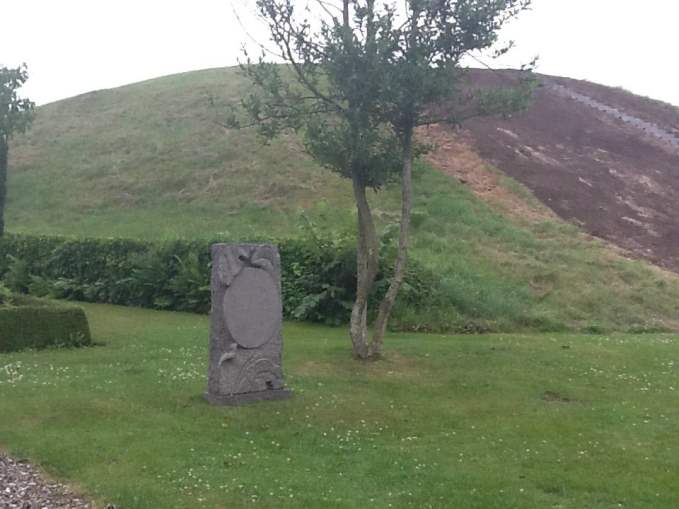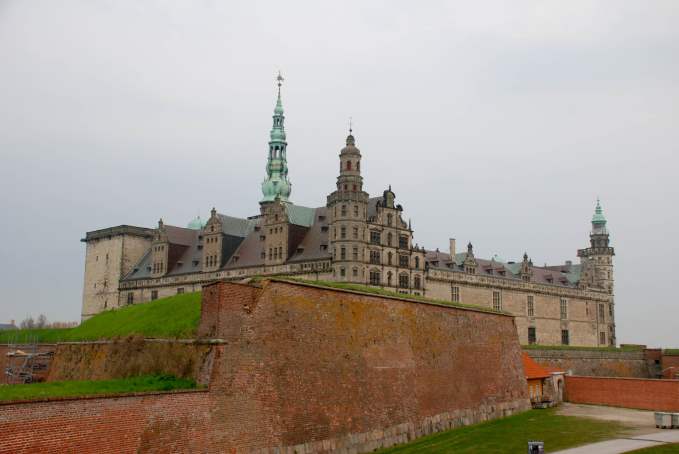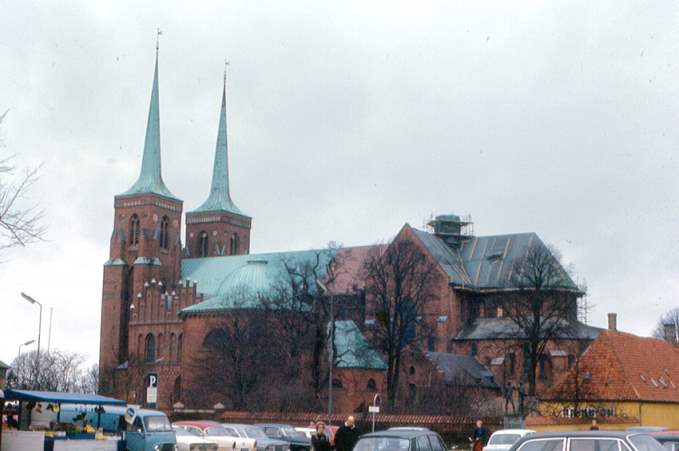4 of the Best UNESCO World Heritage Sites in Denmark
Southwest of Sweden and directly south of Norway is the Kingdom of Denmark, a unitary constitutional monarchy whose history and archaeological findings are much related to Vikings, who were the country’s early settlers. Right now, there are three cultural properties and a single natural spot that’s in the list of Danish UNESCO World Heritage Sites, the others are still in the tentative list.
Jelling Mounds

Found at the heart of Jutland, the Jelling Mounds was constructed as a royal monument back in the 10th century when Gorm and his son Harald Bluetooth reigned. The entire complex is comprised of two flat-topped mounds that are 70 meters in diameter and about 11 meters high. Both mounds are almost identical, and have retained their original form up until now. These mounds are valuable symbols of the pagan Nordic culture, manifested by the pagan burial grounds and the runic stones found between these mounds. There have also been valuable excavations that have been conducted, reaping discoveries that are currently under investigation by National Museums. The Jelling Mounds, along with the Runic Stones and Church, were enlisted as a UNESCO World Heritage Site in 1994.
Kronborg Castle

This one’s found strategically located within the stretch of water separating Denmark and Sweden, called the Sund. Kronborg Castle’s role in European history was quite important. The Castle became a symbol of power for Denmark because it served as a tolled passageway for ships that needed to get past Sund. This made the Castle not only a good source of income but a political tool as well, and inevitably a structure important not only to Denmark but to other nations too. Kronborg Castle became a UNESCO World Heritage Site in the year 2000 because it stands as a wonderful example of the Renaissance castle with historical value to northern Europe.
Roskilde Cathedral

Well known for its being the mausoleum for Denmark’s royal family, Roskilde Cathedral has been around ever since it was built somewhere between the 12th and 13th centuries. It turned out to be one of the first Gothic churches, built out of bricks, which inevitably influences this form of architecture throughout the northern parts of Europe. Up until now, it is one of the best examples of early ecclesiastical structures made of bricks and is well known for its architectural style. More than that, it remains standing through reconstruction and restoration efforts after its existence has been threatened by fires. All these things form part of the legacy that made it worthy to be designated a UNESCO World Heritage Site in 1995.
Ilulissat Icefjord

This became a UNESCO World Heritage Site in 2004 because it was found to be an excellent illustration of a the ice age. Going at 19 m per day, the ice-stream proves to be among the fastest and most active throughout the world. The glacier itself has been the subject of many scientific analysis for already 250 years, contributing to mankind’s knowledge on various geomorphic phenomenon such as the ice-cap glaciology and climate change.
















